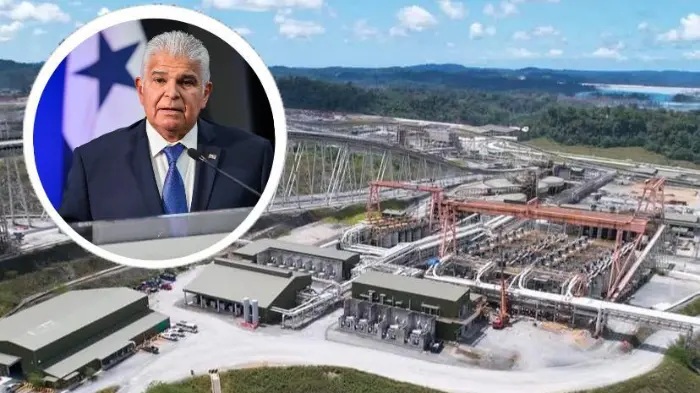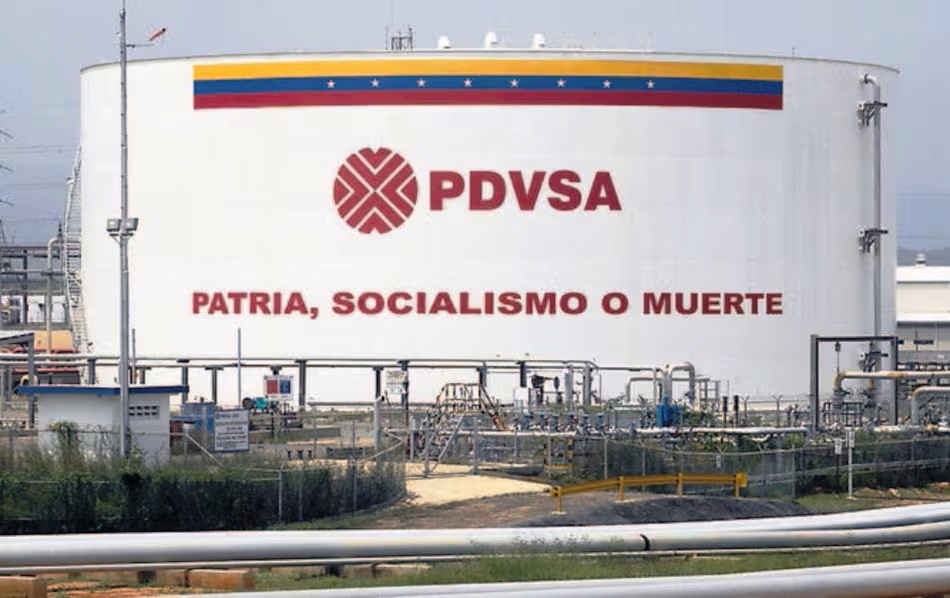WORLD VIEW: Playing Chicken at OPEC

By Jean-Francois Seznec
The upcoming meeting of OPEC member states on June 2 will generate lots of discussion about the current slump in global oil prices. What it probably won’t do is yield any action to reverse it.

The first step in reducing the current oversupply in the market would be a freeze in OPEC’s total production at just below 33 million barrels per day (b/d).
To be effective, any freeze by OPEC would have to be accompanied by a similar freeze by Russia, the world’s largest oil producer. Russia indicated at OPEC’s April 2016 meeting in Doha that it was open to such a freeze, but the deal was scuttled by Iran, which refused to participate.
From Iran’s perspective, any freeze is a means for Saudi Arabia and Russia to preserve the market share they took from Iran when sanctions were in force. Under the sanctions, Iran could not export more than one million barrels per day and the world’s needs were met by increased Saudi and Russian exports. Today, Iran says it will not consider any freeze in production until it reaches its pre-sanction export level of 2.6 million barrels per day.
For its part, Saudi Arabia is in no mood to accommodate Iran. It fears Iran is seeking to surround the kingdom with hostile regimes and movements in Syria, Iraq, Bahrain, Yemen and Lebanon.
The Saudi leadership accuses Iran of playing the sectarian card to pit the Shiites against the Sunni. Of course, Iran accuses the Saudis of sectarianism due to their suspected support of extreme Sunni movements which are trying to, at best, oppress, or at worst, kill Shiites. Undeniably, both parties are using the sectarian card to maximize the support of their own extremist supporters at home.
Saudi Arabia may feel it has the upper hand. It has substantial cash reserves to finance large deficits resulting from the oil price decline. Iran does not. Saudi’s advantage should not be underestimated. Today, Saudi Arabia has close to $600 billion in liquid assets and could easily borrow another $200 billion from its own banks and social security funds.
For its part, Iran can only count on funds that had been frozen when sanctions were in place. Totaling roughly $150 billion, these funds are not even readily available due to rear guard actions by opponents of the nuclear deal in both Washington and Tehran.
After payment of debts outstanding to suppliers, the actual amount available to Tehran may end up being closer to $50 billion. Iran also has a much larger population to satisfy than Saudi Arabia, compounding the difficulties for the Islamic Republic.
In reality, neither side is likely to win this fight. The Iranian population has been able to sustain incredible hardships for the past ten to twenty years. Saudi Arabia’s calculation that domestic and financial pressure in Iran will force it to accept its market share loss is unlikely to work.
By the same token, Iran’s apparent efforts to undermine the Saudis are most unlikely to succeed, and will undeniably continue to cost Iran many billions of dollars, which presently it cannot afford to misuse.
This lose-lose situation is purely political. But should more reasonable members of each side’s leadership be allowed to work together, the situation could be reversed into a win-win.
Saudi Arabia may have the largest and cheapest traditional oil reserves, but it is very short on natural gas, which it needs to sustain the industrial development and population growth it has witnessed in the past thirty years.
Iran’s main source of wealth is its natural gas. It has the largest natural gas reserves in the world, some of which are located close to Saudi’s east coast, where most of the kingdom’s industrial development is taking place.
The kingdom’s comparative advantage vis-a-vis Iran is low-cost oil, advanced chemical, metals and fertilizer production, and investment capital. Iranian gas fields need to be redeveloped, which will require huge amounts of capital that Iran does not have. Iranian industrial development could be accelerated with Saudi capital and know-how.
While it appears naive to think that Saudi Arabia and Iran would even consider trading oil and industrial investments for natural gas, one can argue that it would be very much in the interest of both parties. And while sectarian issues are undeniably profound and have existed for 1,400 years, the sects have also co-existed for the same duration and, more often than not, have cooperated and survived as neighbors.
Unfortunately, OPEC’s June 2 meeting is unlikely to bring any arrangement between the two neighbors; both have leaderships that appear more interested in scoring points against the other.
However, both know that working together could allow them to engineer a reasonable crude-oil price increase, one that would benefit their respective populations. For the time being, however, they appear more likely to rely on production disruptions in Nigeria, Canada and Kuwait to keep prices in the $50/barrel range.
It’s a strategy that won’t work forever. Once Canada’s fires are under control, the power outages in the UAE are resolved and the strikes in Kuwait are settled, supply will again dominate demand and the price per barrel could sink back down to the $30 range.
The OPEC meeting could avert this outcome, but in all likelihood it won’t.
Jean-François Seznec is Adjunct Professor at Georgetown University’s McDonough School of Business and at Johns Hopkins’ School of Advanced International Studies. He is a Non-Resident Senior Fellow at the Atlantic Council and a Scholar at the Middle East Institute. He holds a MIA from Columbia University, an MA and Ph.D. from Yale University. He has published and lectured extensively on the industrialization and politics of the Arab-Persian Gulf.





